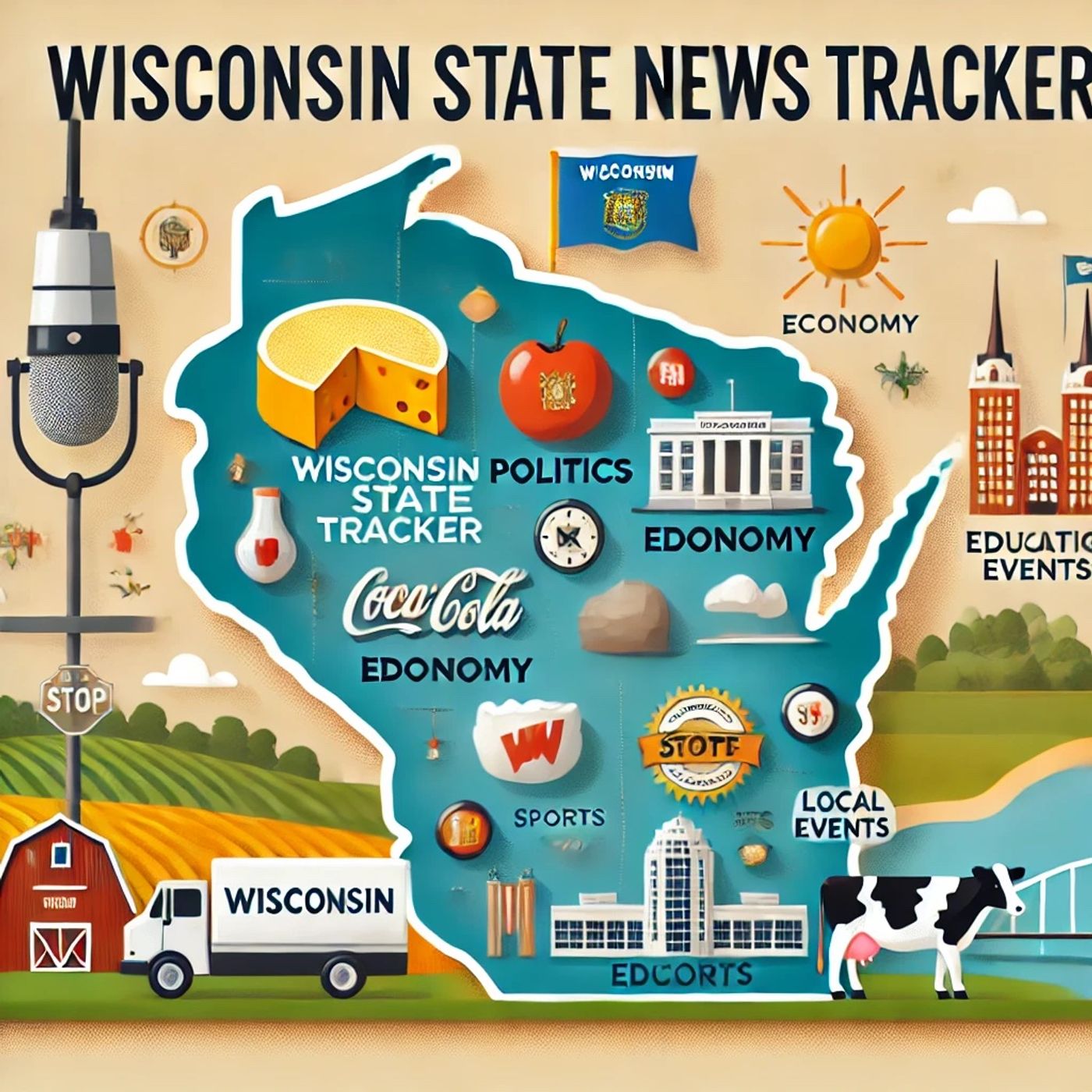Feb 03 2025 2 mins
Wisconsin is poised for significant developments in 2025, with key announcements and initiatives shaping the state's future. Governor Tony Evers recently unveiled his 2025-27 Executive Budget, focusing on lowering everyday, out-of-pocket costs for Wisconsinites and working families. This includes investing over $500 million to make child care more affordable and accessible, as well as reducing prescription drug prices by removing the sales tax on over-the-counter medications and capping insulin copays at $35[1].
In the state legislature, the new dynamic following the November election, where Democrats gained seats due to redrawn maps, is expected to lead to more bipartisan cooperation. The $4 billion budget surplus is a central issue, with both parties eyeing how to allocate these funds. Republican Senate Majority Leader Devin LeMahieu and Assembly Democratic Minority Leader Greta Neubauer have expressed optimism about working together to address key issues[2].
On the economic front, Wisconsin is in a strong position, with unemployment rates at 2.9%, below the national average. Local businesses and employees are optimistic about the future, driven by industries like agriculture, technology manufacturing, and tourism. The recent Fed rate cuts have also contributed to stabilizing inflation[3].
In community news, education remains a priority, with Governor Evers declaring 2025 the Year of the Kid in Wisconsin. This initiative includes expanding access to affordable child care and supporting the workforce. Additionally, the Wisconsin Ag Climate Outlook (WACO) will provide weekly climate information tailored to the agricultural community, helping farmers adapt to anticipated changes[4].
Looking ahead, the state's budget discussions will continue to be a major focus, with the potential for significant policy changes. The impact of national economic trends on local businesses and the agricultural sector will also be closely monitored. Furthermore, the 2026 election will likely influence legislative decisions, making the coming months crucial for shaping Wisconsin's future.
In the state legislature, the new dynamic following the November election, where Democrats gained seats due to redrawn maps, is expected to lead to more bipartisan cooperation. The $4 billion budget surplus is a central issue, with both parties eyeing how to allocate these funds. Republican Senate Majority Leader Devin LeMahieu and Assembly Democratic Minority Leader Greta Neubauer have expressed optimism about working together to address key issues[2].
On the economic front, Wisconsin is in a strong position, with unemployment rates at 2.9%, below the national average. Local businesses and employees are optimistic about the future, driven by industries like agriculture, technology manufacturing, and tourism. The recent Fed rate cuts have also contributed to stabilizing inflation[3].
In community news, education remains a priority, with Governor Evers declaring 2025 the Year of the Kid in Wisconsin. This initiative includes expanding access to affordable child care and supporting the workforce. Additionally, the Wisconsin Ag Climate Outlook (WACO) will provide weekly climate information tailored to the agricultural community, helping farmers adapt to anticipated changes[4].
Looking ahead, the state's budget discussions will continue to be a major focus, with the potential for significant policy changes. The impact of national economic trends on local businesses and the agricultural sector will also be closely monitored. Furthermore, the 2026 election will likely influence legislative decisions, making the coming months crucial for shaping Wisconsin's future.
